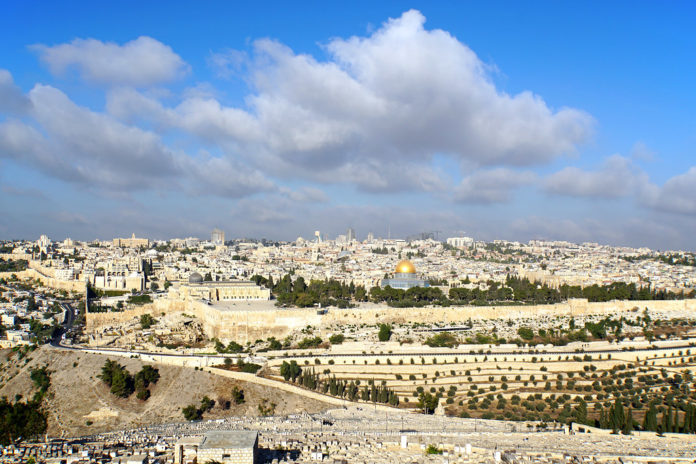
Parashat T’tzaveh focusses on the Sanctuary and its appurtenances.
The Sanctuary vessels were variegated and each had its own function. The Lubavitcher Rebbe used to compare them to human beings. Just as each Temple vessel had its own purpose, so each human being has a personal, unique contribution to make to the world.
None is a clone of the other. Some are good at learning: others are good at other things. Some are people of copper: some are people of gold.
That doesn’t mean that some are more valuable and others more worthless. It means that the community is not all stamped out on the same cookie cutters, each with the same appearance or identical personality.
Being human has many possibilities, and nobody should feel bad if they are not like other people.
WHAT DID THEY DO WITH MOSES?
The first word in the parashah is “v’attah” – “and you”. Who is the “you”?
The context makes it clear that it is Moses – but he isn’t named, and in fact nowhere in the sidra do we encounter his name. He is certainly there, just as God is certainly there throughout the Megillah which we read this week on Purim.
But with God there is a suggestion that comes from Him Himself. In rabbinic literature He even tells the Jewish people to leave out His name: “Let them forget Me”, He says… but the full sentence is, “Let them forget Me but keep My Torah”.
In regard to Moses we might echo the Divine statement – leave out the actual name of Moses if you must, but don’t leave out the commandments which he received from the Almighty Lawgiver.
CHOSHEN MISHPAT
One of the volumes of the Code of Jewish Law is “Choshen Mishpat”, which deals with how to administer a legal system.
The name comes from the Torah reading this week, where it says (Ex. 28:15), “Let them make Me a breastplate of judgment” – “v’asita choshen mishpat”. Rashi says that the word “judgment” is used because it atones for perversions of justice.
Part of the breastplate is the “urim” and “tummim”, “the lights and ideals”, since through them a truly just (i.e. ideal) decision is clarified (Num. 27:21).
The “choshen” is to be “ma’aseh choshev”, “the work of a skilled craftsman”. Nothing important should be done in a slipshod or haphazard way.
“Good enough” is never good enough. If something is worth doing, it is worth doing it fully and properly. It takes more effort, but otherwise the task can be completely spoilt.
THE EMPEROR’S CLOTHES
The kohen’s vestments were carefully specified, and every detail had to be correct.
In the sanctuary nothing shoddy could be tolerated, neither in the procedures of sacrifice and worship, nor in the garb and appearance of those charged with the responsibilities of leadership and office.
Clothing mattered with the priest: it also matters with the rabbi. A scholar must not have even a speck on his garments: it would be an insult to God and the Torah. Shabbat and festival clothing must be even better and more dignified than weekday clothing.
Concessions might be made in extreme climatic conditions, and in very hot weather relatively casual dressing may be acceptable – but even then one must be tidy and neat.
In a British synagogue where I once served, the dress code was very British and a prospective chazan was ruled out because he was wearing brown shoes. In my synagogue in Australia no-one even noticed if people came in sandals, though I once gently remonstrated with a member who came on Shabbat in shorts.
But in Israel no-one seemed bothered when a young man came to synagogue on Kol Nidrei night wearing shorts.
The moral? Take account of the environment, certainly, but don’t say, “Who cares what you wear?” Your garments say something about you. The Torah says that the kohen’s clothing should be “for honour and glory” (Ex. 28:2).
Since we are meant to be “a kingdom of priests” (Ex. 19:6), we should ensure that our clothes proclaim honour to ourselves and the glory of God.









